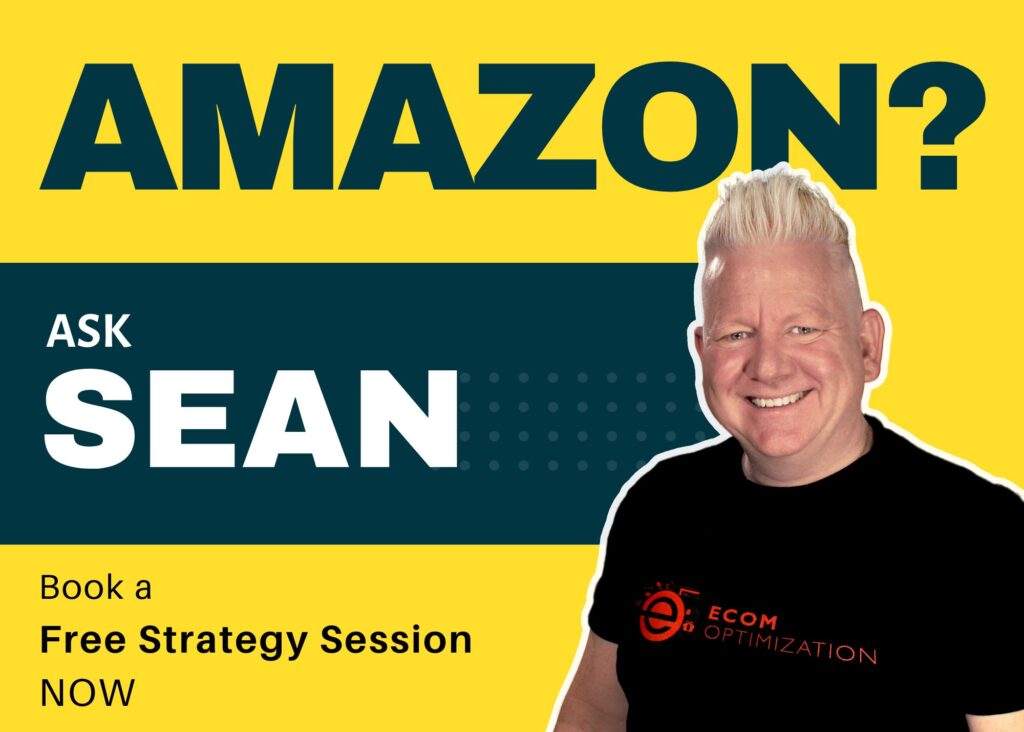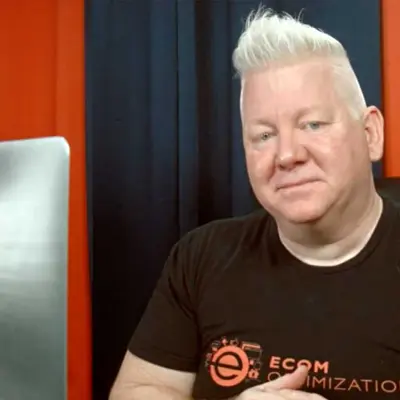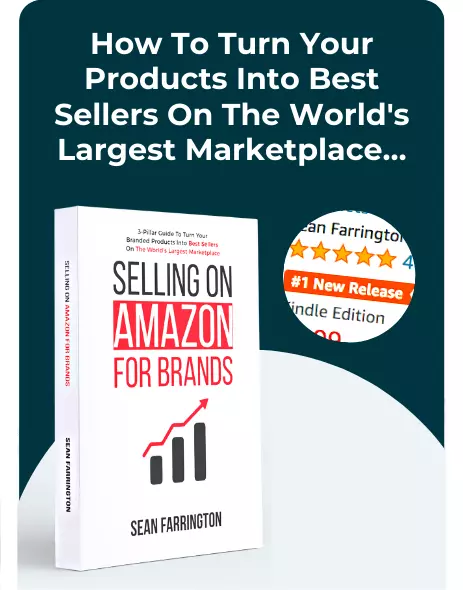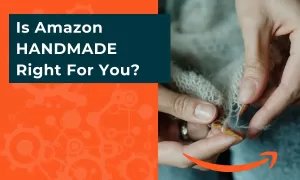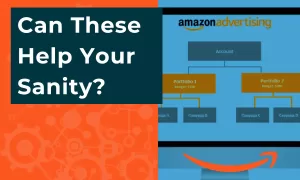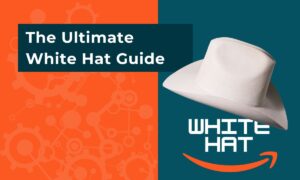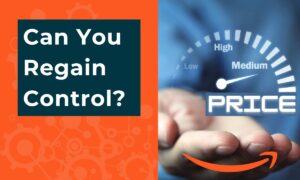How Does Amazon FBA Work?
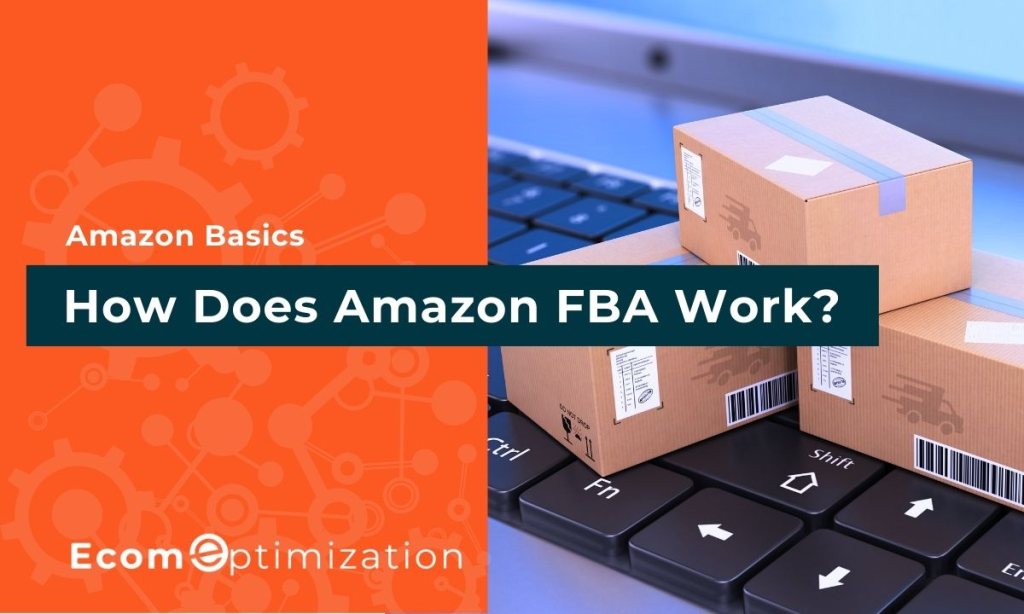
If you want to know how Amazon FBA works, you are in the right place!
How does FBA work in three simple steps:
Send Your Products to Amazon: You can send your products to Amazon’s fulfillment center, and they will store your inventory in their warehouses.
Amazon Ships Your Products: When a customer places an order for your product, Amazon picks, Amazon packs, and Amazon ships the product to the customer on your behalf.
Amazon Provides Customer Service: Amazon handles all customer service inquiries related to the order, including returns and refunds.
In this the rest of this post, we will deep dive into Fulfillment by Amazon (FBA), show you how to make money with Amazon FBA, and provide a step-by-step guide on how to get started with Amazon FBA for beginners.
Jump To Section
What Amazon FBA Is (And It Is Not)
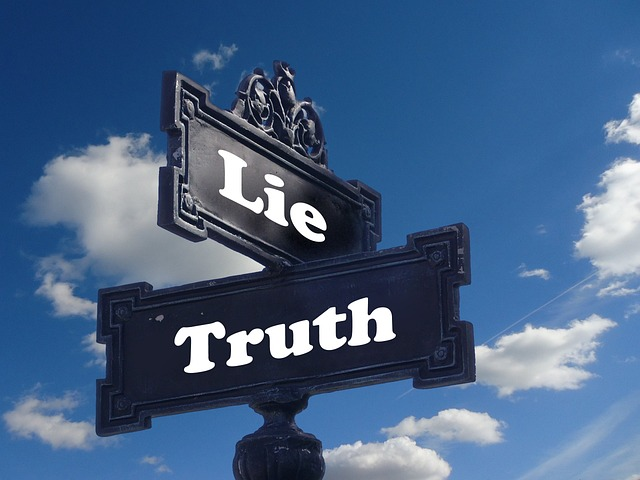
Despite what Gurus say Amazon FBA is a logistics program, not a business opportunity: FBA literally stands for Fulfillment By Amazon.
The FBA program lets you sell products on the world’s largest e-commerce platform by having your products stored, packed, and shipped by Amazon.
While this opens up a lot of opportunities for businesses that have products to sell, Amazon FBA only handles logistics (with some marketing advantages, discussed below)
The essence of FBA means that you can let Amazon handle logistics while focusing on growing your business.
What are the benefits of using Fulfillment by Amazon?

Well, to begin with, Amazon is the largest online retailer in the world, with over 197 million people visiting the website every month. With such a massive audience, it’s no surprise that many people are interested in selling on Amazon. But there are specific benefits to Amazon’s FBA program over other e-commerce options:
Faster shipping: Amazon offers fast and reliable shipping, which can help increase customer satisfaction and repeat business.
More visibility: With Fulfillment by Amazon, your products become eligible for Amazon Prime, which can attract buy-happy Prime customers to your business.
Professional packing and shipping: Amazon takes care of packing and shipping your products, saving you time and hassle.
Customer service: Let Amazon provide customer service, returns, and refunds for your products, making it easier for you to focus on growing your business.
FBA Inventory Management: Amazon provides tools to help you manage your FBA inventory and sales, including data on sales performance and stock levels.
Access to millions of customers: By selling on Amazon, you gain access to millions of potential customers worldwide.
Private Label Amazon FBA

Private label selling on Amazon has been a growing trend among Amazon sellers over the years. With Amazon’s FBA (Fulfillment by Amazon) program, it has become easier for Amazon sellers to create and sell their own branded products on Amazon. In this blog post, we’ll be discussing why you should choose private labeling over wholesale/arbitrage.
Why Choose Private Labeling?
Better Control over Product Quality
When you private label a product, you have control over the product’s quality, packaging, and branding. You can customize the product to meet your customers’ needs and preferences. This gives you a competitive edge over other Amazon sellers who may be selling the same products using the wholesale/arbitrage model.
Higher Profit Margins
Private labeling allows you to set your own prices for your products. With wholesale and arbitrage, you’re limited to the prices set by the suppliers, which can be lower than what you want to sell your products for. Private labeling gives you the ability to charge a premium price for your products, which can lead to higher profit margins.
Increased Brand Awareness
When you private label a product, you create a brand around it. This allows you to build a loyal customer base that recognizes your brand and is more likely to purchase your products in the future. This is especially important when competing with other Amazon FBA sellers who may be selling the same products using the wholesale/arbitrage model.
Dropshipping Via Amazon FBA
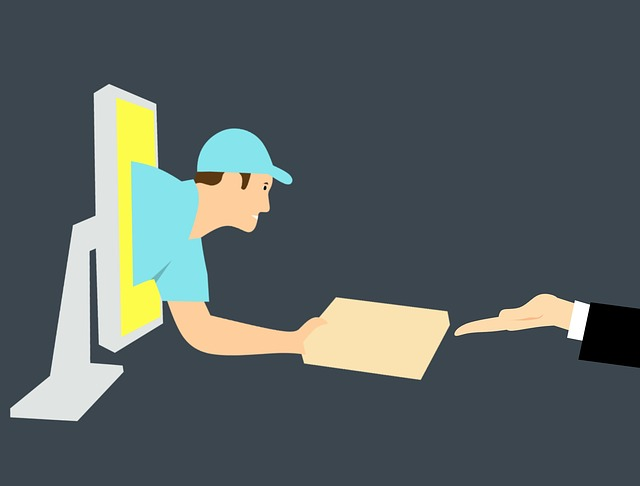
Amazon dropshipping is a retail fulfillment method where a seller lists products on Amazon but doesn’t keep them in stock. Instead, the seller buys the products from a third-party supplier, who ships the products directly to the customer. The Amazon FBA seller then earns a profit by charging a higher price than the cost of the product and shipping.
Advantages of Amazon Dropshipping
Low startup costs: Amazon dropshipping requires minimal investment compared to other e-commerce business models. You don’t need to buy inventory upfront, which saves you money on monthly inventory storage fees and handling fees.
Wide product selection: Amazon has millions of products in various categories, so you can easily find profitable items to sell.
Flexible location: Since you don’t have to manage inventory, you can operate an Amazon dropshipping business from anywhere in the world as long as you have an internet connection.
Disadvantages of Amazon Dropshipping
Low-profit margins: Since Amazon dropshipping is a highly competitive market, FBA sellers often have to price their products lower than their competitors, resulting in low-profit margins.
Lack of control over inventory: When you don’t have control over inventory, you’re at the mercy of your suppliers. If they run out of stock, you risk losing customers and damaging your reputation.
Amazon’s strict policies: Amazon has stringent policies regarding drop shipping, and if you violate them, your account can be suspended or terminated.
Common Misconceptions About Amazon Dropshipping
Amazon dropshipping is seen as a get-rich-quick scheme: While Amazon dropshipping can be profitable, it’s not a get-rich-quick scheme. It requires time, effort, and a solid business plan to be successful.
You can dropship any product on Amazon: Amazon has strict policies regarding dropshipping, and not all products are eligible. Before you start dropshipping, make sure to review Amazon’s guidelines to avoid any issues.
Tips for Success in Amazon Dropshipping
Find a reliable supplier: Your supplier is the backbone of your business, so it’s essential to find a reputable and reliable supplier. Look for suppliers with a good reputation, fast shipping times, and quality products.
Focus on customer service: Customer service is crucial in any business, but it’s especially important in Amazon drop shipping. Since you don’t have control over inventory, you need to be responsive and attentive to your customers’ needs to build a loyal customer base.
Price competitively: Pricing your products competitively is crucial in the Amazon dropshipping market. Make sure to research your competitors and price your products accordingly.
Retail Arbitrage Via Amazon FBA
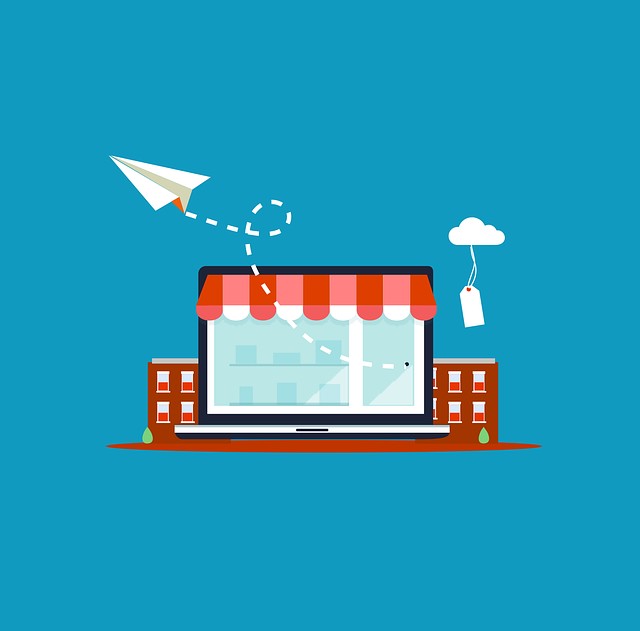
Retail arbitrage is a business model where individuals buy products from retail stores, thrift shops, and other outlets at a low price and resell them on Amazon for a profit. The products are shipped directly to an Amazon warehouse where they are stored until a customer orders them. Amazon handles shipping, customer service, and returns, making it a hassle-free way to sell products online.
How to Start Amazon Retail Arbitrage?
Research Profitable Products: To start an Amazon FBA retail arbitrage business, you need to research profitable products to sell. Look for products with high demand, low competition, and a good profit margin.
Find Products to Sell: Once you have identified profitable products, you need to find them at a low price. Look for products on clearance, at thrift stores, garage sales, or online marketplaces like Facebook Marketplace or Craigslist.
List Products on Amazon: Once you have found products to sell, you need to list them on Amazon. Create a seller account, and list your products with a competitive price, attractive product images, and detailed product descriptions.
Ship Products to Amazon: When your products are sold, Amazon will handle the shipping and fulfillment. You need to ship your products to an Amazon warehouse, and Amazon will handle the rest.
Grow Your Business: As you make more sales, you can reinvest your profits into more inventory and scale your business.
Wholesaling (aka. Wholesale Arbitrage)

Amazon FBA Wholesale is a business model that involves purchasing products in bulk from a manufacturer or distributor and selling them on Amazon for a profit. The products are then shipped directly to an Amazon fulfillment center, where they are stored, packed, and shipped to customers when an order is placed.
Step-by-Step Wholesale Tutorial:
Research and Choose a Niche: The first step in starting an Amazon FBA Wholesale business is to research and choose a niche. This involves identifying a profitable product category with high demand and low competition.
Find Suppliers: Once you have chosen a niche, the next step is to find wholesale suppliers. You can find suppliers through online directories, trade shows, or by contacting manufacturers directly.
Negotiate Pricing and Terms: When negotiating with suppliers, it’s important to consider factors such as the minimum order quantity, shipping costs, and payment terms. Negotiating for better pricing and terms can help increase your profit margin.
Create a Seller Account: After finding a supplier, the next step is to create a seller account on Amazon. This involves setting up a seller profile, providing bank account information, and verifying your identity.
List Products and Optimize Listings: Once you have a seller account, the next step is to list your products on Amazon. It’s important to optimize your product listings by including high-quality images, detailed descriptions, and relevant keywords.
Inventory Management and Fulfillment: As orders come in, Amazon will handle the fulfillment and shipping process. However, it’s important to keep track of your inventory levels to ensure that you have enough products in stock to fulfill orders.
How to Make Money with Amazon FBA (The Essentials)

If you’re looking to make money with Amazon FBA, the process is fairly straightforward. Here are the steps you need to take:
Deep Market Research: Don’t start with a product, start with a problem. If you want to get a shortcut, consider Author and Ecom Optimization founder, Sean Farrington’s Video on the most profitable categories on Amazon. From there find a starving crowd on Amazon that is looking for solutions right now. Otherwise, you can use tools like Jungle Scout or Helium 10 to help you find profitable products.
Source a product
Depending on your business model, you will need products to sell on Amazon. Here are the different product sourcing methods you may use.
Private Label: If you’re doing private label, then reaching out to suppliers is an essential step in the process of creating a product for Amazon FBA. You can either contact existing manufacturers who already manufacture products that are currently selling on Amazon or find manufacturers that are willing to create and modify products specifically for you. Once you’ve established a good relationship with your supplier, they will be able to manufacture the product according to your specifications and ship it directly to Amazon’s fulfillment centers where it can be sold through FBA.
Retail Arbitrage: If you are engaging in retail arbitrage, you purchase products from sources such as retail stores, thrift shops, and other outlets at a discounted price. Then you must package the item(s) and ship them directly to Amazon’s fulfillment centers for selling through FBA. By doing this, your product will be available for customers all over the world to purchase.
Dropshipping: If dropshipping is your business model, purchase products from a reputable third-party supplier who will ships directly to the customer on your behalf. This allows you to focus on marketing your products on Amazon rather than managing storage or shipping logistics.
Wholesaling: If you wholesale products, then find wholesale suppliers through online directories, trade shows, or by contacting manufacturers directly. You can have them shipped directly to the fulfillment center for you.
Create an Amazon Seller Account – Once you have identified your potential products, create an Amazon seller account in order to list and sell them on the platform.
Trial Listing: To ensure you can successfully sell your product through Amazon FBA, you should create a trial listing. This involves creating a product page with a title, description, images, and pricing. Then, attempt to ship inventory into the Amazon fulfillment center (simply create a shipment that you never send). This step will trigger any category approval issues that may be required before you are allowed to sell on Amazon. It’s important to take this step in order to avoid potential issues and delays down the line when trying to ship inventory into an Amazon FBA fulfillment center. Additionally, it may also be helpful to double-check any policies or regulations related to selling products in specific categories prior to creating your trial listing.
Purchase Products – After you have created your seller account and created a test listing, then you can finally purchase these items either from suppliers at wholesale prices or via retail arbitrage and arrange for shipment of them to an Amazon warehouse facility (known as ‘Fulfillment by Amazon’).
Send your products to Amazon: Send your products to Amazon fulfillment centers. Make sure to label your products correctly and follow Amazon’s guidelines for packaging and shipping. Amazon will store your products in their warehouses, and when a customer orders one of your products, Amazon will pick, pack, and ship the item to the customer on your behalf. Amazon will then handle customer service and returns for you.
Begin Optimizing Your Product Listings – While your products are being manufactured and/or shipped to Amazon fulfillment centers start optimizing your listings so customers can find them easily when they search for related terms on the site (this is called SEO or ‘Search Engine Optimization’). The truth is that no matter which way you decide to sell on Amazon FBA, Marketing is key.
Promote Your Products: Once your products are live on Amazon, you need to promote them. This can include running Amazon ads, creating social media posts, and building an email list.
Monitor KPIs And Improve: Analyzing key metrics such as conversion rates, click-throughs, ACOS (and TACOS), and sales will help you identify areas in need of improvement. Once identified, adjustments to your marketing and advertising strategies should be implemented accordingly. As Ecom Optimization founder, Sean Farrington is fond of saying: “There is no such thing as an optimized listing – the market changes so must our marketing.” This emphasizes the importance of staying on top of industry trends and changes, keeping up with customer needs and wants along with any new competition that may arise. By doing this, you can ensure your Amazon FBA business remains profitable for many years to come.
Customer Satisfaction Management: Monitor reviews, feedback, and account health in order to ensure customer satisfaction remains high with timely shipping times and accurate orders being fulfilled without any defects/issues arising along the way; if customer complaints arise then address these ASAP accordingly in order maintain positive reviews which will help drive future sales volume & increase profits.
A Step-by-Step Guide to Amazon FBA for Beginners

Step 1: Set up an Amazon Professional Seller Account The first step in the FBA process is to create a seller account. You will need to provide information about yourself and your business, including tax information and bank account details. Once your account is set up, you will have access to the Seller Central dashboard where you can manage your inventory, view sales reports, and track shipments.
Step 2: Create Your Amazon Listing Your Amazon listing is where you showcase your product and convince potential customers to buy it. You will need to provide a product title, description, and images. It’s important to optimize your listing for search by including relevant keywords and providing detailed product information. You can also use Amazon’s advertising platform to promote qualified FBA listings.
Step 3: Send Your Products to Amazon Once your listing is live, it’s time to send your products to Amazon fulfillment centers. You can either ship your products to Amazon yourself or use Amazon’s partnered carriers. Amazon will store your products in their warehouse and handle all aspects of shipping.
Step 4: Amazon provides full customer service, returns, and refunds for any products sold through its FBA program. This means that you don’t have to worry about dealing with customer complaints or processing refunds – Amazon takes care of it all. You can rest assured knowing that your customers will be taken care of quickly and efficiently, giving them a great experience when purchasing from you. Additionally, since Amazon is handling the customer service process, they are able to provide more accurate data on how people interact with your product so that you can improve your business model in the future.
Step 5: When you make a sale on Amazon, the money earned will be deposited directly into your bank account. You don’t have to wait for an invoice or manually request payment – it’s done automatically and securely by Amazon. Payments are typically sent within two business days of the order being shipped, and you can track your earnings in real-time through Seller Central. It’s important to note that there may be FBA fees (ie. order fulfillment fees and referral fees) associated with selling on the Amazon marketplace. Specifically, the costs of shipping, referral fees, storage fees, long-term storage fees, and per-item closing fees – should be taken into consideration when calculating how much profit you make from each sale.
Conclusion
Fulfillment by Amazon (FBA) is a powerful tool for any online business looking to capture some of Amazon’s $500-billion in annual sales, while also improving shipping efficiency and customer satisfaction. With faster shipping, professional packing and shipping, and access to millions of customers, Fulfillment by Amazon can help take your eCommerce business to the next level.
FAQ:
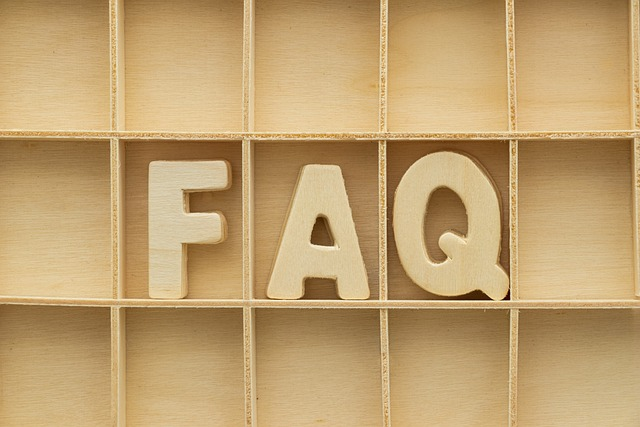
Q: How much does it cost to use Amazon FBA?
A: Amazon FBA costs money in storage fees, fulfillment fees (aka. Amazon FBA fees), and referral fees. These fees vary depending on the size and weight of your products, as well as other factors such as your storage fees and handling fees. You can use FBA Revenue Calculator to estimate your costs.
Q: Can I use FBA for international sales?
A: Yes, Amazon FBA supports international sales. You can use Amazon’s Global Shipping Program to ship products to customers in other countries.
Q: Do I need to have a registered business to use Amazon FBA?
A: No, you don’t need to have a registered business to sell on Amazon. However, you will need to provide tax information and a bank account to receive payments.
Q: What items are eligible for Fulfillment by Amazon?
A: Most items are eligible for Fulfillment by Amazon, but there are some restrictions on certain types of products such as hazardous materials, adult products, and items with expiration dates.
Q: Do I need to have an Amazon account to use Fulfillment by Amazon?
A: Yes, you need to have an Amazon account to use Fulfillment by Amazon.
Q: How do I track my inventory and sales?
A: Amazon provides tools to help you track your inventory and sales, including the Inventory Dashboard and Sales Dashboard.
Q: How long does it take to start making money with Amazon FBA?
A: The amount of time it takes to start making money with Amazon FBA depends on a variety of factors, including the niche you choose, the quality of your products, and your marketing strategies. Some people start making money within a few weeks, while others take months or even years.
Q: How do I get paid with Amazon FBA?
A: Amazon will deposit your earnings into your bank account every two weeks. You can also choose to receive payments in Amazon gift cards.
Q: Is Amazon FBA retail arbitrage profitable?
A: Yes, Amazon FBA retail arbitrage can be profitable if you research profitable products, find them at a low price, and sell them at a competitive price.
Q: What are the advantages of Amazon FBA retail arbitrage?
A: The advantages of Amazon FBA retail arbitrage include low start-up costs, the ability to work from anywhere, and Amazon’s fulfillment services that handle shipping, customer service, and returns.
Q: What are the disadvantages of Amazon FBA retail arbitrage?
A: The disadvantages of Amazon FBA retail arbitrage include competition from other fba sellers, the risk of getting banned from Amazon for violating their policies, and the need to constantly find new products to sell.
Q: How much money do I need to start a retail arbitrage business?
A: You can start an Amazon FBA retail arbitrage business with as little as a few hundred dollars. Start small, reinvest your profits, and grow your business over time.
Q: What is private labeling?
A: Private labeling is when a seller creates and sells their own branded products. The seller sources the product from a supplier, customizes it to their needs, and then markets and sells it under their own brand.
Q: What is wholesale/arbitrage?
A: Wholesale and arbitrage are models where a seller buys products from a supplier or retail store and then sells them on Amazon. The seller does not create their own brand, but instead sells the products under the supplier’s or retail store’s brand.
Q: Is private labeling expensive?
A: Private labeling can be more expensive upfront compared to wholesale/arbitrage because you have to invest in creating a brand, customizing the product, and packaging. However, the higher profit margins can make up for the initial investment.
Q: Can I sell any private-label products?
A: Yes, you can private label any product that is in demand and has a market on Amazon. It’s important to research the market and competition before choosing a product to private label.
Q: How much does it cost to start an Amazon FBA Wholesale business?
A: The cost of starting an Amazon Wholesale business can vary depending on factors such as the product niche, supplier costs inventory storage fees, and shipping fees. However, you can expect to spend anywhere from a few thousand dollars to tens of thousands of dollars to get started.
Q: How much money can I make with Amazon FBA Wholesale?
A: The amount of money you can make with Amazon FBA Wholesale depends on factors such as your product niche, profit margin, and sales volume. However, successful Amazon FBA Wholesale businesses can generate anywhere from a few thousand dollars to millions of dollars in revenue per year.



